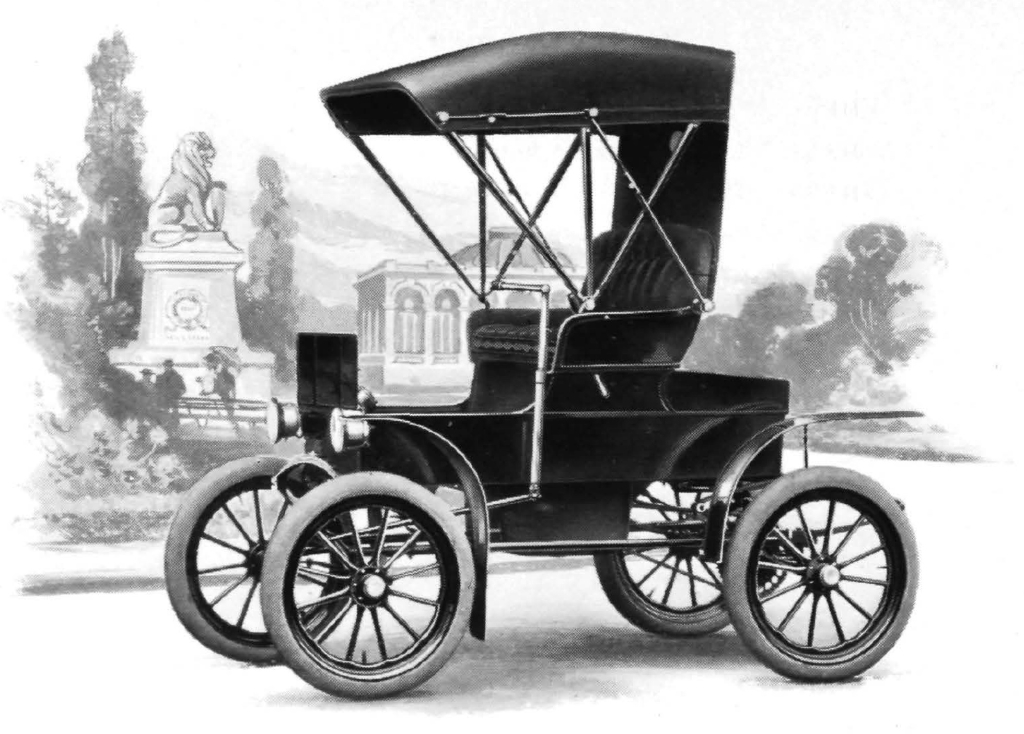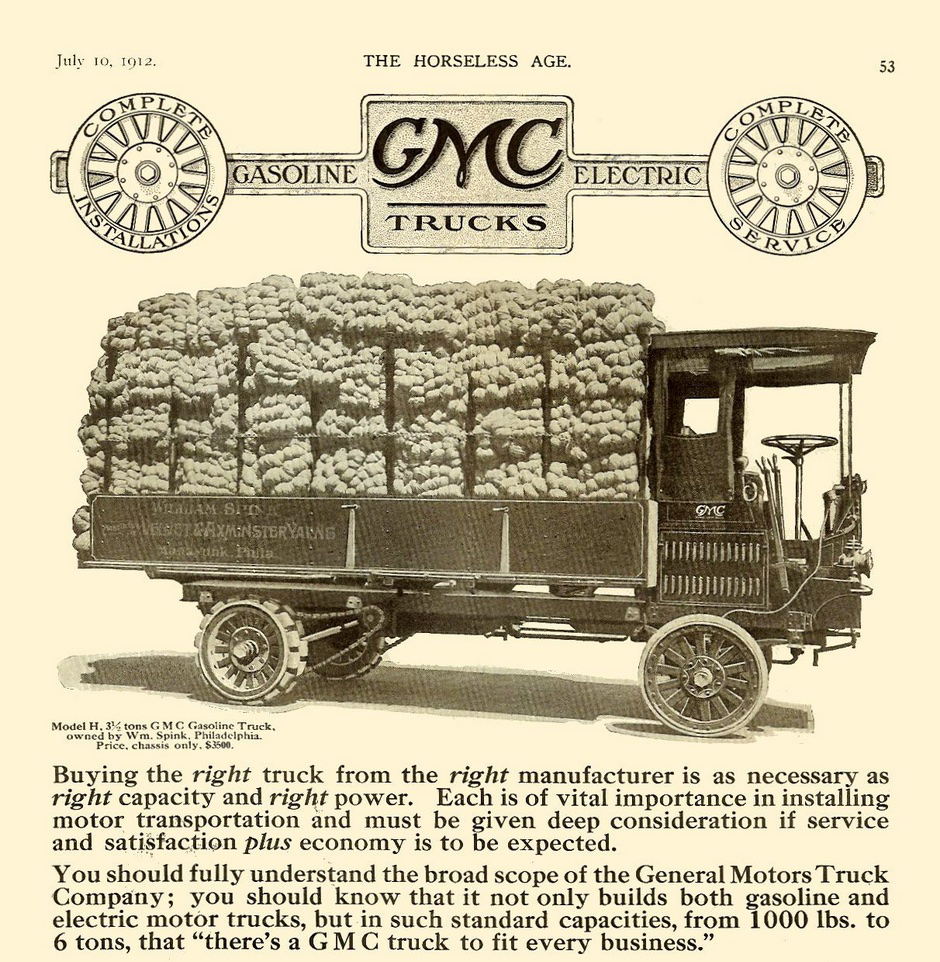Electric Vehicles
-
Introduction - Electric Vehicles
-
Objectives - Electric Vehicles
-
Electric Vehicle Timeline4 Topics
-
How Electric Vehicles Work4 Topics
-
Electric Vehicle Components4 Topics
-
High Voltage Safety5 Topics
-
Electric Vehicle Emergencies8 Topics
-
Charging an Electric Vehicle7 Topics
-
Buying an Electric Vehicle4 Topics
-
Driving an Electric Vehicle4 Topics
-
Maintaining an Electric Vehicle
-
Electric Vehicle Conversion Kits
-
Automotive Manufacturers23 Topics
-
BMW Group
-
Canoo
-
Daimler Group
-
Fisker
-
Ford Motor Company
-
Geely Auto
-
General Motors
-
Honda Motor Company
-
Hyundai Motor Group
-
Lordstown Motors
-
Lucid Motors
-
Mazda Motor Corporation
-
NIO
-
Renault Nissan Mitsubishi Alliance
-
Rivian
-
Stellantis
-
Subaru Corporation
-
Tata Motors
-
Tesla
-
Toyota Motor Corporation
-
Volkswagen Group
-
Volvo
-
XPeng
-
BMW Group
-
Summary - Electric Vehicles
-
Activities - Electric Vehicles1 Topic
-
Review - Electric Vehicles
-
Test - Electric Vehicles1 Test
Early Electric Vehicles
In the early 1900s, automotive manufacturers were producing steam, gasoline, and electric vehicles. Steam was the established technology. The internal combustion engine (ICE), powered by gasoline, was early in its development. Before the self-starter was invented, starting an ICE engine was dangerous. Electric powered cars were quiet and easy to operate, but could not travel long distances.
Baker Electric Vehicles
The Baker Motor Vehicle Company was in operation from 1899 until 1914. In 1907, the Baker Imperial advertised a 50 mile range, had a standard 60 day warranty, and cost $1200. To ensure trust, Baker advertised that they were “among the oldest electric carriage manufacturers” in the country. In the Baker Electric Vehicle Catalog, the company published the following – “Instructions for running a Baker Electric Carriage are sent with each vehicle shipped. They are simple and require no mechanical knowledge or electrical experience. They can be learned in a very short time. The manipulation of a Baker is so simple that no one need fear to undertake it.” You can view the complete 1907 Baker Electric Vehicle Catalog from the Cleveland Public Library.

Detroit Electric
The Detroit Electric was manufactured by the Anderson Electric Car Company. In 1920, the company changed its name to The Detroit Electric Car Company. From 1907 until 1939, the company built 13,000 electric vehicles. Henry Ford’s wife, Clara Ford, drove a 1914 Detroit Electric Model 47 Brougham. Her Detroit Electric car cost $3730, had a range of 80 miles from a 108 volt battery pack, and could go 20 mph. With the batteries it weighed 3636 pounds.

GMC Electric Trucks
Commercial vehicles were even powered by electricity. Between 1912 and 1917, GM produced electric trucks. These trucks had payload capacities between 1,000 to 12,000 lbs. A GMC advertisement stated, “there’s a GMC truck to fit every business”.


